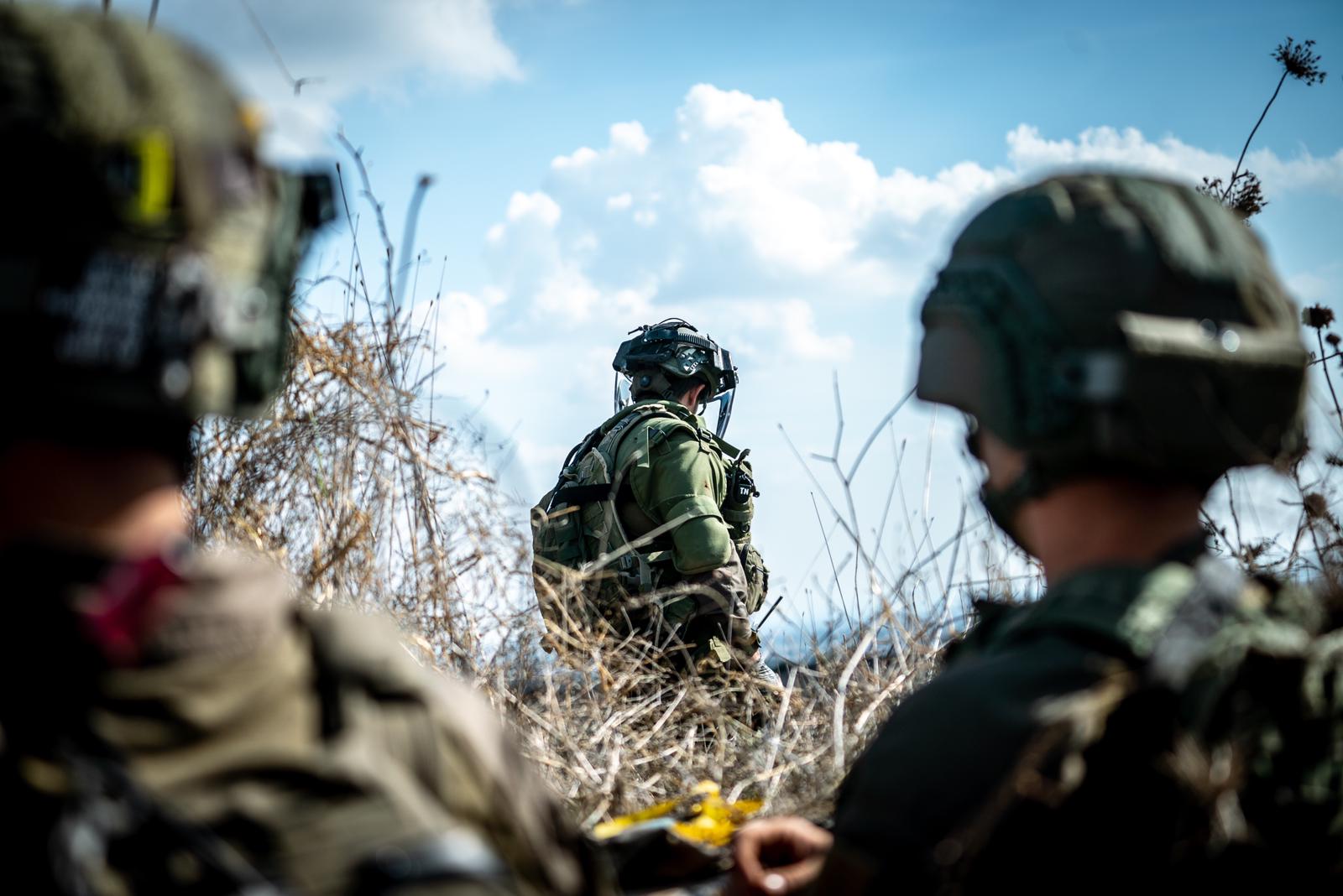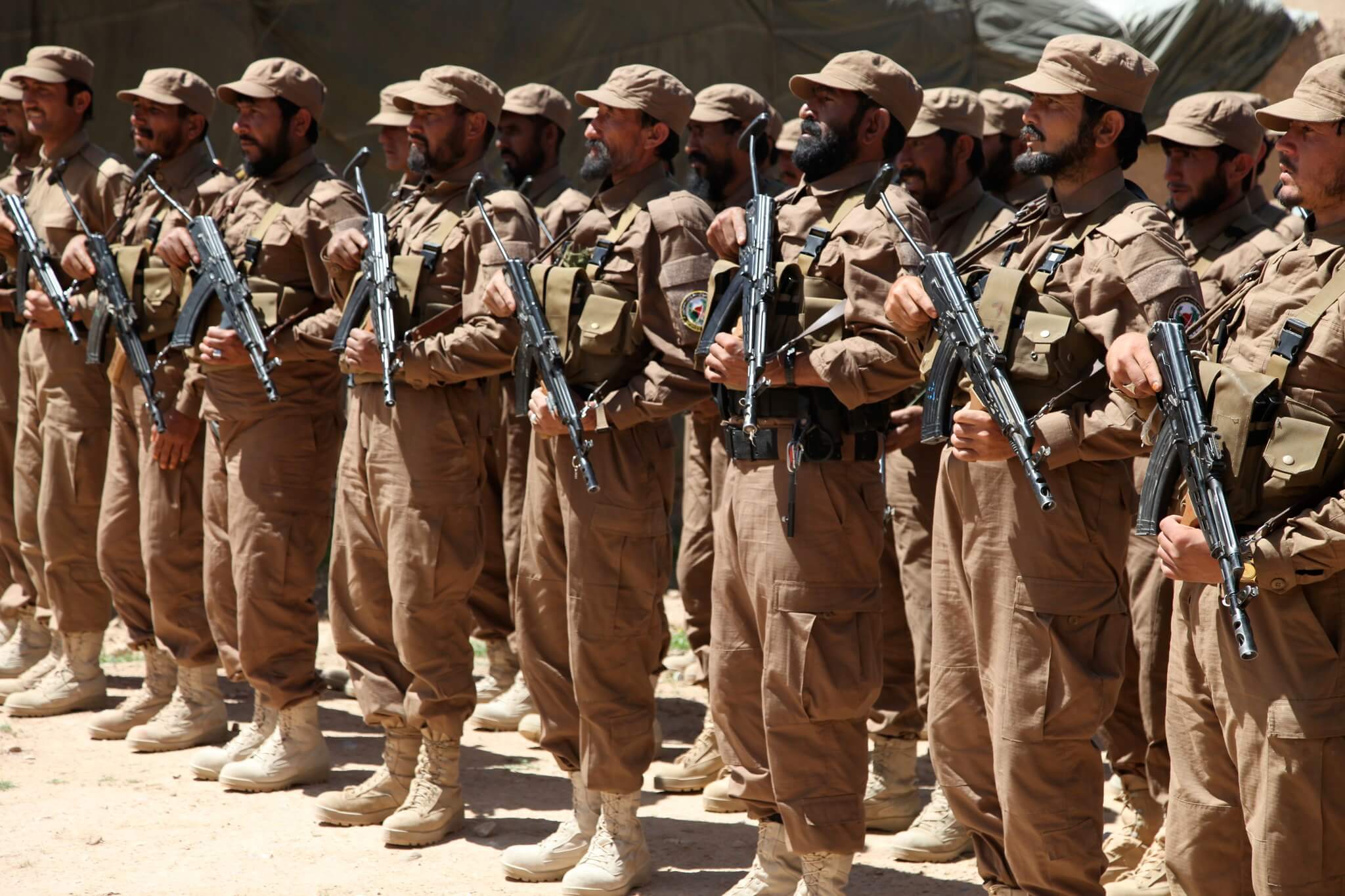Trump’s Self-Defeating Executive Order On Interrogation
Author's Note: I wrote the following in the belief that the draft executive order published yesterday by the Washington Post and analyzed yesterday by the Times and the Post was either the final text or a near-final version.
Published by The Lawfare Institute
in Cooperation With

Author's Note: I wrote the following in the belief that the draft executive order published yesterday by the Washington Post and analyzed yesterday by the Times and the Post was either the final text or a near-final version. It turns out that it was (according to the NYT in a later piece) only a “draft of a Trump administration executive order” that was “circulated … among National Security Council staff members for review on Tuesday morning.” It is unclear whether or how this draft will change before publication (if it is published at all), but I will keep this post as I initially wrote it as a criticism of the thinking of the White House officials who drafted it. Readers should consider the following analysis in this light.
Below are some very quick initial thoughts on President’s Trump’s Executive Order on Detention and Interrogation of Enemy Combatants. The EO has much in it that will require further analysis, but these points seem warranted at this point:
The EO was immediately viewed as “the first step down a path toward a rejuvenated torture and secret detention program.” This is precisely the reaction that Trump sought. A fierce response to the Executive Order will signal to Trump’s supporters that he is serious about cracking down on terrorism and following through on his pledges to bring back waterboarding and “a hell of a lot worse.”
|
If you are finding Lawfare useful in these times, please consider making a contribution to support what we do. |
I remain convinced that it ain’t gonna happen. The Trump EO reverses Obama’s January 2009 EOs related to detention and interrogation, and to the extent permitted by law reinstates the Bush 2007 EO on the issue, which outlined the rules for CIA detention and interrogation, and specified that they not violate the Torture statute, the War Crimes Statute, the Military Commissions Act, the Detainee Treatment Act, or amount to other “willful and outrageous acts of personal abuse.” But the Trump EO does not order the CIA to reinitiate an interrogation and black site program. Instead, it orders study of permissible and needed interrogation and detention policies by the Defense Secretary, DNI, Attorney General, and others.
Without quibbling at the moment about what types of interrogation the reinstated 2007 EO might conceivably permit through contorted interpretation, I do not think this EO portends a return to the bad old days. People forget that under the Bush administration, the DOD in 2003 successfully revolted against aggressive interrogation techniques that the DOJ has at the time ruled lawful, and that the CIA interrogation and black site program had basically ground to a halt after 2006 in light of the changes in the law forged by the Detainee Treatment Act and Hamdan. They forget that the CIA refused, after the DTA but before Hamdan, to accept a DOJ interpretation of the DTA that would permit a return to waterboarding. (See pages 119-120 of Power and Constraint.) Hamdan made a return even more perilous. Whatever ambiguity was left concerning the legality of waterboarding and other aggressive interrogation techniques was eliminated by the McCain-Feinstein Amendment to the FY2016 National Defense Authorization Act, which, as Steve Vladeck notes, requires ICRC access to detainees and “limits the techniques that can be used against any detainee either in U.S. custody, under the effective control of the United States, or held in a facility owned, operated, or controlled by the United States, to those ‘authorized by and listed in the Army Field Manual 2–22.3.’”
These are some of the reasons why the Attorney General and Defense Secretary pledged not to return to waterboarding, and why the CIA Director did as well despite some weasel-words. It is also why the Trump EO itself in its explanatory statement notes that the McCain-Feinstein Amendment “provides a significant statutory barrier to the resumption of the CIA interrogation program." Independent of the clear legal bar, and just as important if not more so, is the enormous and still-lingering impact on the CIA of the 15-year multiple (at least 9 by my count) investigations of the original CIA program, which is still not laid to rest. Many of these investigations—including the SSCI investigation and the Obama investigation by John Durham, occurred after the 2007 EO and left a lasting scar. The CIA was deeply damaged by that program; under no circumstances will the Agency do it again (as Hayden and Brennan have confirmed). I am confident that the report that Trump gets from his top intelligence officials will advise him that a return to the bad old days is not legally available. I am also confident that if President Trump ordered waterboarding, neither the CIA Director nor the Secretary of Defense would carry out the order.
The Trump lawyers who devised this EO, and probably the policymakers as well, understand these points. The EO is very carefully drafted to unravel Obama’s policy hurdles to a return to the bad old days, but at the same time does not order a return to the bad old days. The EO leaves in place—because the President alone cannot change—the insurmountable legal and cultural hurdles to that return. The reality of the Trump EO is much like the reality of the Obama 2009 EOs: Lots of front-page symbolism, a big reaction, a pledge of further study—but practically nothing changed from the baseline of January 19, 2009.
I imagine that from the perspective of the Trump White House, this is all a good thing: The President gets a huge symbolic boost with his base from the EO while not violating the law and while changing nothing substantive in practice.
And yet I am also confident that the administration will regret this EO. As I wrote a few weeks ago:
Presidential actions do not take place in a vacuum, but rather in a context where they are interpreted based on perceptions about the President’s intentions and trustworthiness. The early Bush administration loudly and proudly proclaimed that it wanted to expand presidential power, and appeared to act on this proclamation in many legal opinions and contexts that scared all of the checking institutions above and led them to push back very hard against Bush in an unprecedented fashion. … [Presidential actions] are not judged in a vacuum. They are judged against a background of beliefs about (among other things) the president’s trustworthiness and commitment to the rule of law. In its first term the Bush administration was (as I argued in The Terror Presidency) unprecedentedly indifferent to these factors, and the checking institutions bit back unprecedentedly hard. Trump is already in a much worse position than was Bush on the trustworthiness score.
The symbolism that the administration wanted and achieved with this EO will magnify the skeptical attitude of the checking institutions on the Trump presidency. The symbolism of this EO will thus hurt it a great deal along many dimensions that it likely does not appreciate, but that it will later care about a lot. Here are just a few:
- Majorities in Congress do not support a return to the bad old days. Senator McCain, who organized huge bipartisan support for the DTA in 2005 when the republicans controlled Congress, has already signaled his view. Congress will push back against every element of this EO in many contexts. The most immediate context will be confirmation hearings. The confirmation hearings for the next head of OLC just got a lot more contested and precarious. The nominee will not be confirmed, I predict, without a clear pledge that a return to the bad old days, or to anything close to it, is clearly unlawful. The confirmation hearings for the SG, and for the AAG for the National Security Division, also just got a lot tougher.
- Trump just hurt himself in the Supreme Court and the lower federal courts, including the FISA court. The Supreme Court cases this Term related to presidential power and national security just got harder for the Trump SG’s office to win. Any new detainees brought to GTMO, and certainly ones who are members of ISIS, will receive much more rigorous scrutiny from a much more doubtful D.C. Circuit. The same goes for the availability of habeas for detainees outside GTMO—the al Maqaleh decision is swiss cheese and can be reinterpreted by the DC Circuit. The FISA court will look at requests for new interpretations of presidential authorities with a more skeptical eye. The Supreme Court will be more inclined to review national security decisions. And so on. Many of Bush’s losses in the Supreme Court were in part a reaction to his administration’s chest-thumping about presidential power. The relative support the federal courts gave to Obama’s counterterrorism positions were informed by his opposite stance—reliance on statutory rather than constitutional power, narrowly couched arguments, a president openly wringing his hands about not wanting to expand his power and instead wanting to narrow it whenever possible, and so on. The reaction that Trump will receive in the courts will be significantly informed by the extent that he is perceived to be untrustworthy in the exercise of presidential power—a perception darkly underscored by the needless return to the Bush-era EO.
- The symbolism of the return to the Bush EO will make counterterrorism cooperation with allies harder along many dimensions.
There are other implications, but this outline sketches for now why I think that the symbolic bang that Trump sought will backfire on his administration.





